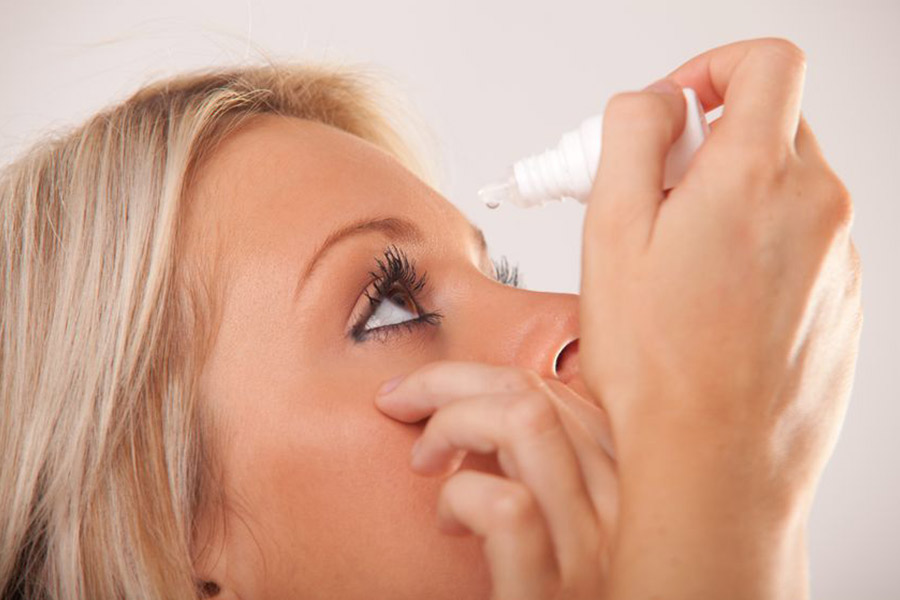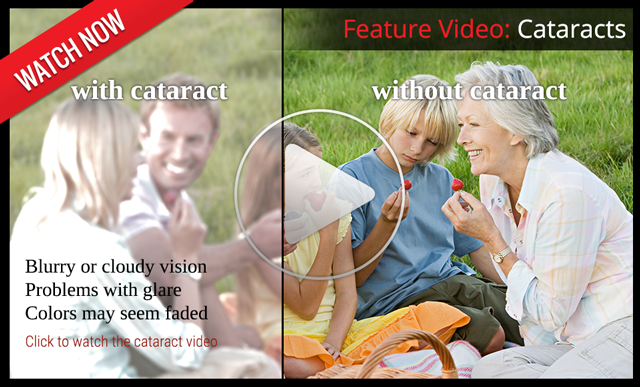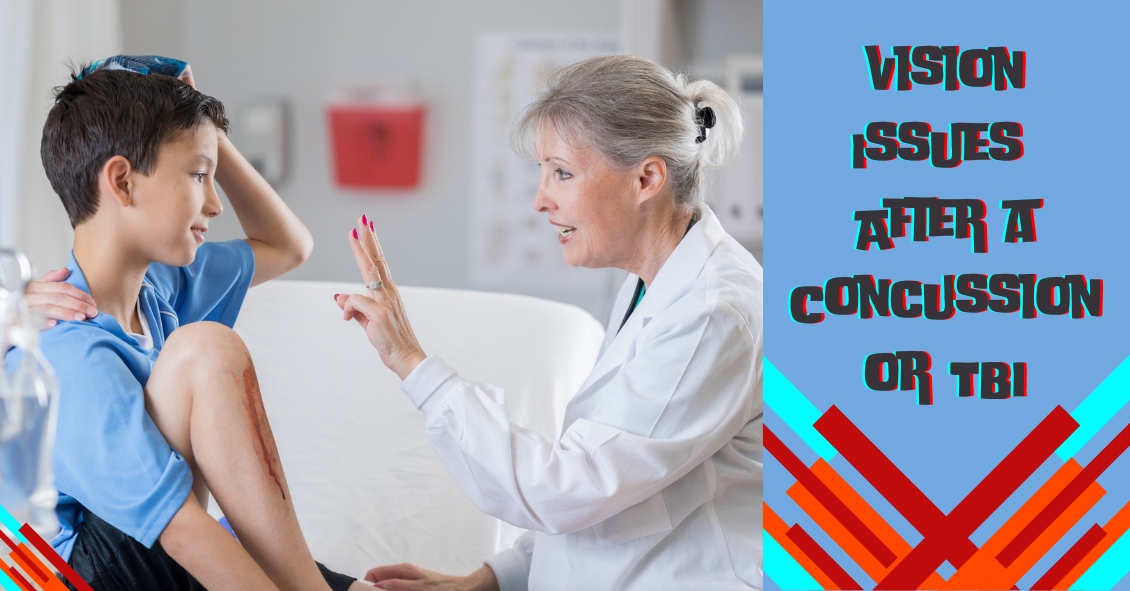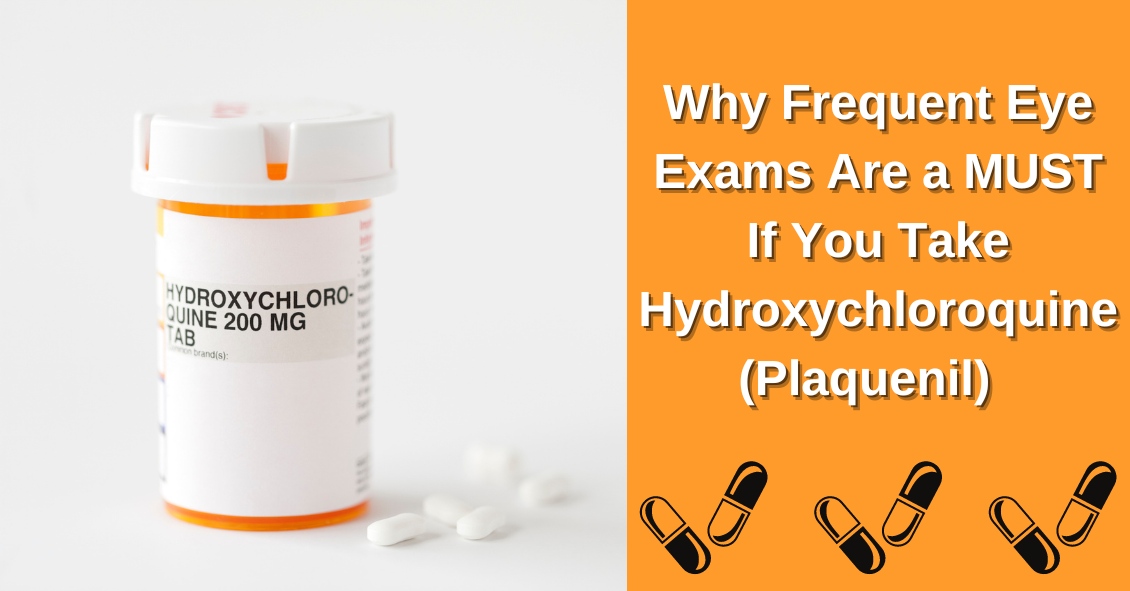Blog
Saying Goodbye to Summer but NOT to Sunglasses
- Details
- Written by: Premier Eyecare

With summer behind us, a lot of people find themselves using their sunglasses less. But did you know that year-long sun protection is vital for your eye health? Not only do sunglasses keep your eyes and vision comfortable outdoors, but they help protect against the damage that ultraviolet rays cause.
Let’s review UV rays. There are 3 types: A, B, and C. UV-C is absorbed by the ozone layer and is not a threat to health, but UV-A and UV-B can cause side effects after prolonged exposure--say over the course of your lifetime.
Starting from the front of the eye, UV radiation can cause photokeratitis, or temporary flash burns, if you are exposed to a large amount of rays over a short period of time. This is like a sunburn to the eye, and causes the ocular surface to be red and painful. Welders can experience this when they forget their protective eye shield, or people outdoors in the snow (“snow blindness”). The eyelids are another place commonly damaged by UV light. You can develop skin cancers, like basal cell carcinoma, squamous cell carcinoma, and melanoma on the eyelids. Wider sunglasses frames help protect the eyelids and surrounding skin. Tissue growths can occur on the white parts of the eyes (the conjunctiva) with long-term UV damage. These are fleshy colored or yellow-white bumps usually on the edge of the iris; they are called pinguecula or pterygia. Sight-threatening conditions like cataracts and macular degeneration are also a risk after long-term UV exposure. Your optometrist can detect all of these problems and more at your comprehensive eye exam.
There are certain types of sunglasses that work better at blocking UV rays. You want to make sure that your sunglasses block 99-100% of both UV-A and UV-B radiation and screen out 75-90% of visible light. A licensed optician can even help you find lenses that are even in color, free of distortion, and can help with better color recognition. Did you know that gray sunglass lenses provide the best color vision? There are so many brands of sunglasses, and many of them are tailored toward different outdoor hobbies or work; opticians can tell you what would be your perfect match. Also, if you are outdoors for sports or work that could be eye-hazardous (potential of getting debris in the eyes), you may want more impact-resistant lenses like polycarbonate or Trivex. For all kids, we recommend these types of materials to safely match their active (and maybe a little accident-prone) lifestyles.
So, although it may be time to put away the swimsuits and pool gear, hang onto those sunglasses. Let them keep your eyes safe, healthy, and happy year-round.
Dr. Mary N. Chase
Premier Eyecare, Knoxville TN
Could You Be Suffering From Dry Eye Disease?
- Details
- Written by: Premier Eyecare

COULD YOU BE SUFFERING FROM DRY EYE DISEASE?
There are many symptoms associated with dry eye disease, some of which may not make sense.
Here are some of the most common symptoms of drye eye disease:
- Watery Eyes
- Burning Sensation in the Eyes
- Red Eyes
- Blurred Vision
- Feeling the Need to Blink
- Contact Lens Discomfort
Let's first look at the complaint of watery eyes. Why would your eyes water if your eyes are dry? Your body is actually responding to the dryness by producing more tears. Unfortunately, the type of tear that we produce as a response to dryness is a watery, flushing tear. If you have ever had something get in your eye, you most likely had an immediate response of watering of the eye. This is our body's way of protecting the eye and flushing out any foreign body that is present. This tear does not lubricate the ocular surface very well.
The eyes may also burn with dry eye disease due to the lipid breakdown occuring at the ocular surface. The tears are an emulsification of aqueous, lipids, and mucin. When the lipids break down in the tears, it produces a soap-like substance which will cause a burning and redness of the eyes. Lipids are important in the tear layer because they slow down the evaporation of the tears. When lipids break down, the tears evaporate quickly and the ocular surface is exposed to the atmosphere leading to dehydration of the outer cells of the cornea.
The cornea (front surface of the eye) needs to be covered by a smooth, complete tear film in order to have clear vision. If the tear film is deficient, blurred vision can occur.
Our eyelids are protective barriers for the front surface of the eyes. Our eyelid muscles are the fastest moving muscles in our bodies. If something moves towards your eyes, your eyelids will close in milliseconds. The eyelids are also there to produce and release lipids into the tear film through the meibomian glands. These glands run vertically throughout the eyelids and can sometimes get infected or clogged leading to a stye. Keeping the eyelid margins clean are very important for eye health and comfort and may prevent or limit your chances of getting a stye. The eyelids also spread out the tear film with every blink. When the ocular surface begins to dry with tear evaporation, the eyelids will blink involuntarily. If your eyes feel dry, you will feel the need to blink to replinish the tear film.
Dry eye disease is the leading cause of contact lens dropout. There are many factors that can lead to discomfort with contact lens wear. Wearing your contact lenses too long during any given day, wearing them all day and all night, or failing to replace them at the recommended intervals, will contribute to discomfort and possibly lead to eye infections. If you have dry eye disease, contact lenses will make you more aware of your symptoms. Some contact lenses are better choices for those with mild to moderate dry eye disease. In more severe cases of dry eye, we recommend discontinuing contact lens wear at least until the disease is under control.
If you think you may have dry eye disease, you owe it to yourself to seek treatment from an eye doctor. Make sure you discuss your symptoms with your doctor during your eye examination. Dry eye disease is treatable, but is chronic and can get worse without proper treatment.







